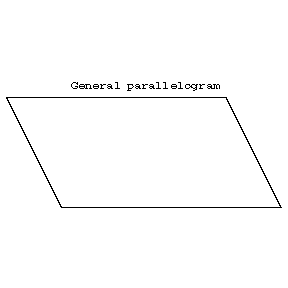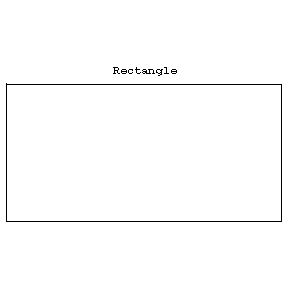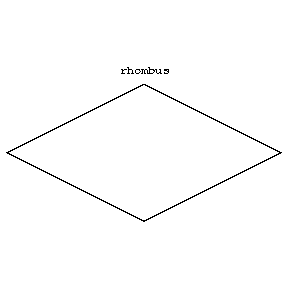Parallelogram
A quadrangle with pairwise parallel sides (see Fig.a–Fig.d). Parallelograms can also be characterized as convex quadrangles satisfying any of the following conditions: 1) the first and the second pair of opposite sides consist of equal segments; 2) one pair of opposite sides consists of equal and parallel segments; 3) at opposite vertices, the first and the second pair of opposite angles is equal; or 4) the point of intersection of the diagonals bisects each of them. Various types of parallelograms are: a rectangle (b) — a parallelogram one angle, and hence all angles, of which is a right angle; a rhombus (c) — a parallelogram all sides of which are equal; a square (d) — an equal-sided rectangle.

Figure: p071430a

Figure: p071430b

Figure: p071430c

Figure: p071430d
Comments
A lattice of points in the plane generates in a simple way a tiling of the plane by congruent parallelograms. Much deeper is the fact that two special parallelograms, the Penrose rhombs, generate aperiodic tilings of the plane. These Penrose tilings are planar models for quasi-crystals.
References
| [a1] | B. Grünbaum, G.C. Shephard, "Tilings and patterns" , Freeman (1986) |
Parallelogram. BSE-3 (originator), Encyclopedia of Mathematics. URL: http://encyclopediaofmath.org/index.php?title=Parallelogram&oldid=15137